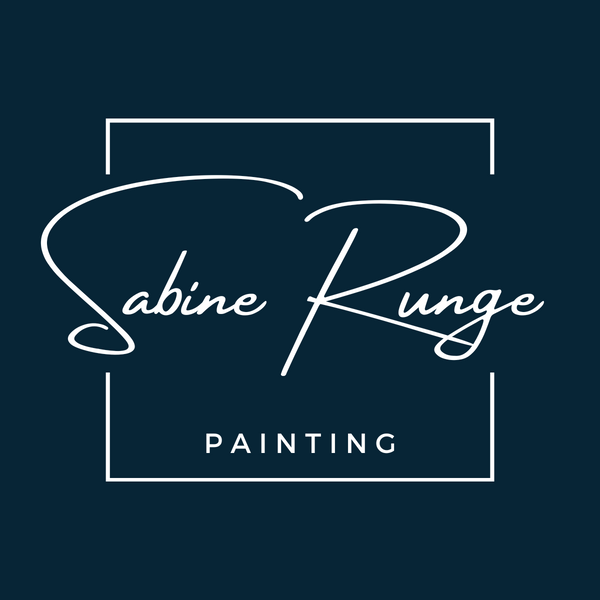The language of colors: How abstract art reflects our emotions
Abstract art is like a visual language that doesn't need words to speak to our deepest emotions. On the walls of galleries or in people's homes, some of the most iconic artworks have crept into people's hearts, with colors, shapes and compositions playing a role that goes far beyond aesthetic considerations. In this blog post, I'll take you on a journey through the fascinating world of abstract art and explore how this art form reflects and inspires our emotions.
Colors and their meaning
Colors have a direct connection to our emotions. Red can express passion or anger, blue conveys a sense of calm and serenity, while yellow is often associated with joy and optimism. Many abstract artists use the power of colors to express their innermost feelings. It is no coincidence that some paintings are predominantly warm in color, evoking an intense emotional response, while others are cool and muted, which can create a feeling of melancholy.
Artists such as Mark Rothko, for example, have masterfully used the emotional impact of color in their work. Rothko used large areas of color that literally draw the viewer into her world. The subtle variations within these color fields convey a depth of emotion that often resonates with the audience.
Forms and compositions as emotional tools
In addition to colors, shapes and the overall composition are also crucial to the emotional impact of an artwork. Abstract art often breaks with the tradition of depicting clear figures or narratives, meaning that the viewer should develop their own interpretation of the work. A tangled line, for example, could represent confusion or chaos, while harmonious lines and geometries can create a sense of order and stability.
Artists like Wassily Kandinsky were pioneers in the relationship between form and emotion. Kandinsky's theories state that certain shapes and colors create a specific emotional effect and appeal to viewers on a deeper emotional level. Looking into the artwork of such artists can help us become more aware of what appeals to us and why.
The psychological effect of abstract art on the viewer
Abstract art has a unique psychological effect on the viewer. Studies have shown that looking at artwork can activate our moods and emotions . This effect is not only emotional, but also physical - our heartbeat can change, our breathing becomes static and we feel inspired or nostalgic.
Much of this effect is subjective. Each viewer brings their own experiences, feelings and memories to the viewing of a painting. So the interpretation of an abstract artwork can be different for each person and often reveals unconscious thoughts and emotions.
Drawing inspiration from abstract art
If you want to immerse yourself in the world of abstract art and encourage your own creativity, there are several methods to find inspiration:
- Develop a color palette: Experiment with different colors. Create a palette that connects with your current emotions and moods. For example, paint emotional words or thoughts in corresponding colors.
- Free Painting: Let your creativity flow while painting. Unlike figurative styles, abstract art is more about the process than the final product. Use different materials and techniques to express your emotions.
- Attend exhibitions : Visit local museums or galleries to see the works of abstract artists. Take the opportunity to explore the emotions behind the colors and shapes.
- Meditation and reflection: Take time to think about your own feelings. What moves you in your life? Try to capture these emotions in an artistic form.
- Make it a habit: Incorporate regular creative time into your daily routine. Whether it's painting, drawing, or other art forms, regular creative practice can increase your inspiration in the long run.
Abstract art: An emotional dialogue between artist and viewer
Abstract art is more than just a visual experience, it is a dialogue between artist and viewer that reaches deep into our emotions through colors, shapes and compositions. By engaging with this art form, we can not only better understand the artists' artworks, but also find our own creative voice. Come into the world of colors and be inspired!

















